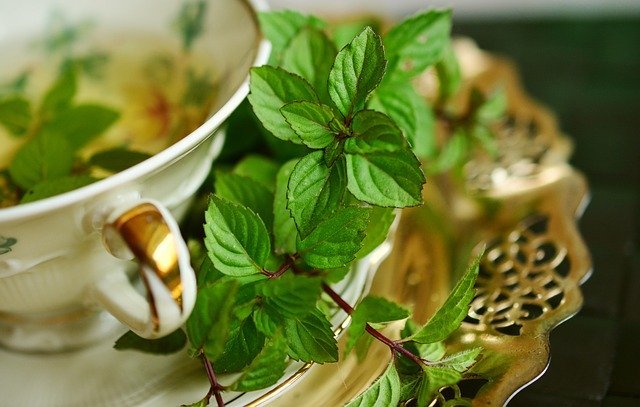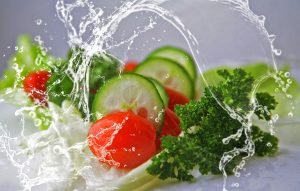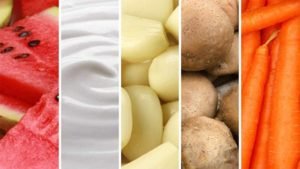Health benefits of green tea

Green tea is surprising that such an accessible, tasty and easy to prepare drink can produce such positive effects on the body and at the same time provide such a comforting sensation.
Green tea is for us a recent discovery, a companion of pleasant moments that conquers us sip by sip, but in the East it is one of the fibers that weaves life, intimately linked to men for almost 5,000 years, and a part important of their culture.
The main tea-producing countries are China and India, well ahead of Sri Lanka, Kenya, Indonesia, Turkey and Japan. Fewer than ten countries make green tea, with China leading the way.
The Japanese case is curious because it occupies the second place, but it only exports 2%, mainly to the United States, and even imports from other countries to cover its notable demand.

Green Tea Properties
As an unsweetened drink it is calorie free and contains no protein, fat or carbohydrates. Its wealth is treasured in the form of vitamins, such as A, C and E, some of the B complex, and trace elements such as manganese (1.5 mg per cup), fluorine, zinc and copper, which it contributes in small amounts, since a cup is made with just 2 g of dried leaves.
POWERFUL ANTIOXIDANT
But, above all, in a group of substances with an extraordinary antioxidant capacity that monopolize more and more attention in scientific studies: polyphenols, also present in fruits and vegetables, although in less quantity. This happens in particular with a type of polyphenols called catechins, responsible for its protective power.
Catechins are the polyphenols or tannins responsible for its genuine flavor and the protective power of green tea. One of them, EGCG or epigallocatechin-3-gallate, is very active.
EGCG is a substance 20 times more antioxidant than vitamin E and 100 times more than vitamin C, being effective in preventing certain types of cancer and maintaining good cardiovascular health.
A MILD STIMULANT
The intake of caffeine or theine in a cup of green tea can be half that of black tea, one-third that of a cola and the eighth that of a coffee, but it should still be taken in moderation.
Matcha (Japanese green tea powder) is the presentation with the highest content of caffeine (and also antioxidants).
Also read: Green Tea for Acne: How to Use It, Why It Works?
Green Tea Health Benefits
The latest research indicates that several cups a day have a long-term preventive effect on various diseases.
IMPROVES BRAIN FUNCTION
Green tea enhances alertness and sharpens your intellectual abilities. This is due to the properties of caffeine, which is accompanied by l-theanine in tea and does not produce the annoying nervousness of an espresso coffee.
And it not only improves the functioning of the brain, but also prevents its degeneration and the development of neurological diseases such as Parkinson’s and Alzheimer’s.
PROMOTES THE COMBUSTION OF FATS
Green tea compounds stimulate metabolism (17% more) and promote fat to be transformed into calories. That is why green tea is usually present in commercial products to burn fat and lose weight.
IMPROVE PHYSICAL PERFORMANCE
The effect on metabolism implies that the body is able to obtain more energy (4% more) when it needs it, for example, during intense sports activity (performance increases by 11-12%).
REDUCES THE RISK OF CERTAIN TYPES OF CANCER
The antioxidant properties of green tea are associated with a lower risk of breast cancer (20-30% less), prostate (48% less), colorectal (42% less).
PREVENTS CARDIOVASCULAR DISEASES
Heart attack and other cardiovascular diseases are the main cause of death in European countries. Green tea prevents it because it acts positively on the main risk factors: total cholesterol, LDL and triglycerides.
Green tea in the kitchen
The tea bush has two varieties: Cammelia sinensis and Cammelia assamica. Its harvest is one of the most important operations of the manufacturing process and on which its quality largely depends.
There are three basic types of tea: green, semi-fermented and black. The difference lies in the way they are processed.
If you want to experiment with green tea leaves as a culinary ingredient, just cook them for 20 minutes and they will be ready to be added to the recipe, but they are nothing special and they are also expensive to use as a vegetable. Even so, the most attractive recipes with green tea are sorbets, fruit salads and syrups, since their bitter flavor combines well with sweets and is more familiar to the palate.
PURCHASE AND CONSERVATION
Once purchased, it is essential to store the tea in a dark, cool and dry place, and in a container that closes hermetically (the cans are optimal). Otherwise it will lose its aroma and flavor, as well as its medicinal properties.
HOW GREEN TEA IS PREPARED

- The classic way to prepare green tea is to boil the water and let it cool for ten minutes so that the temperature drops to 70-80 ºC.
- The water cannot be from the tap, since the chlorine and other elements would affect its flavor and properties. The most indicated is the natural mineral poor in sodium and calcium.
- The kettle is heated before pouring water into it so that it does not sharply reduce the temperature.
- The tea dose is one level teaspoon – approximately 2 g – per cup.
- Most varieties should rest for 2 to 3 minutes. During this time we can see how the leaves unfold and release the beneficial and tasty substances they contain.
- Then it goes through a filter (better cloth than metal) and the tea is ready. If desired, you can add a little whole cane or cande sugar (in large crystals), although it is not necessary.







